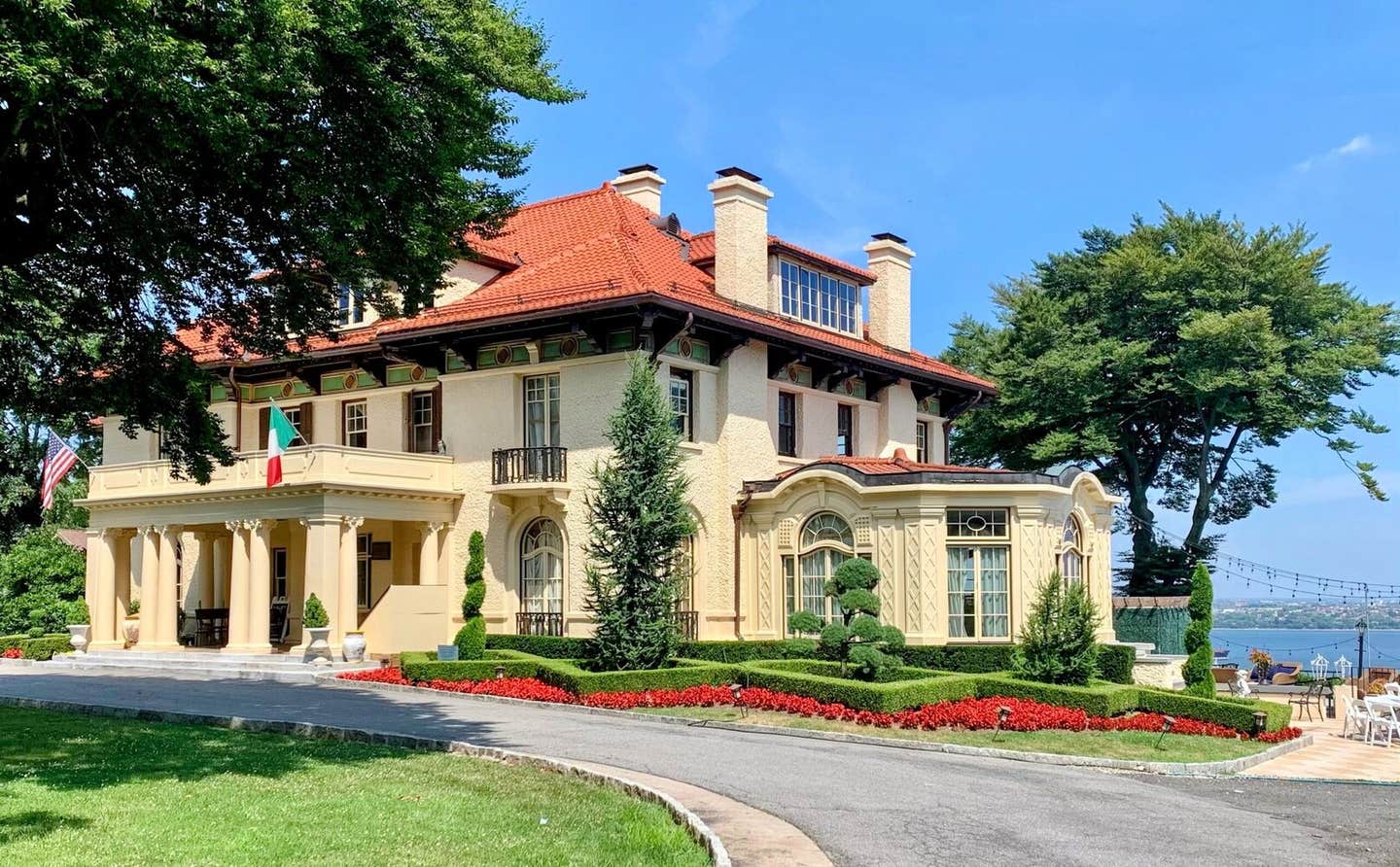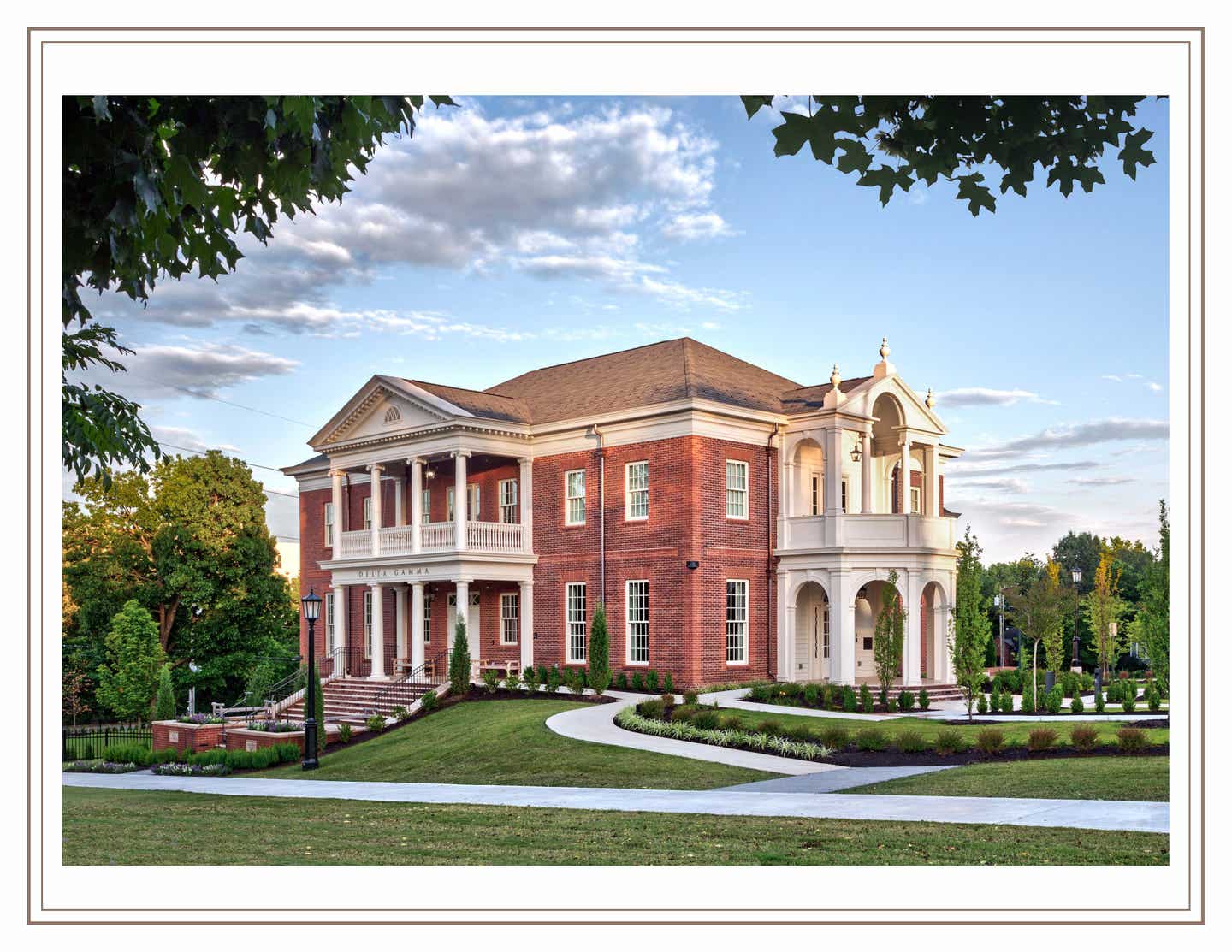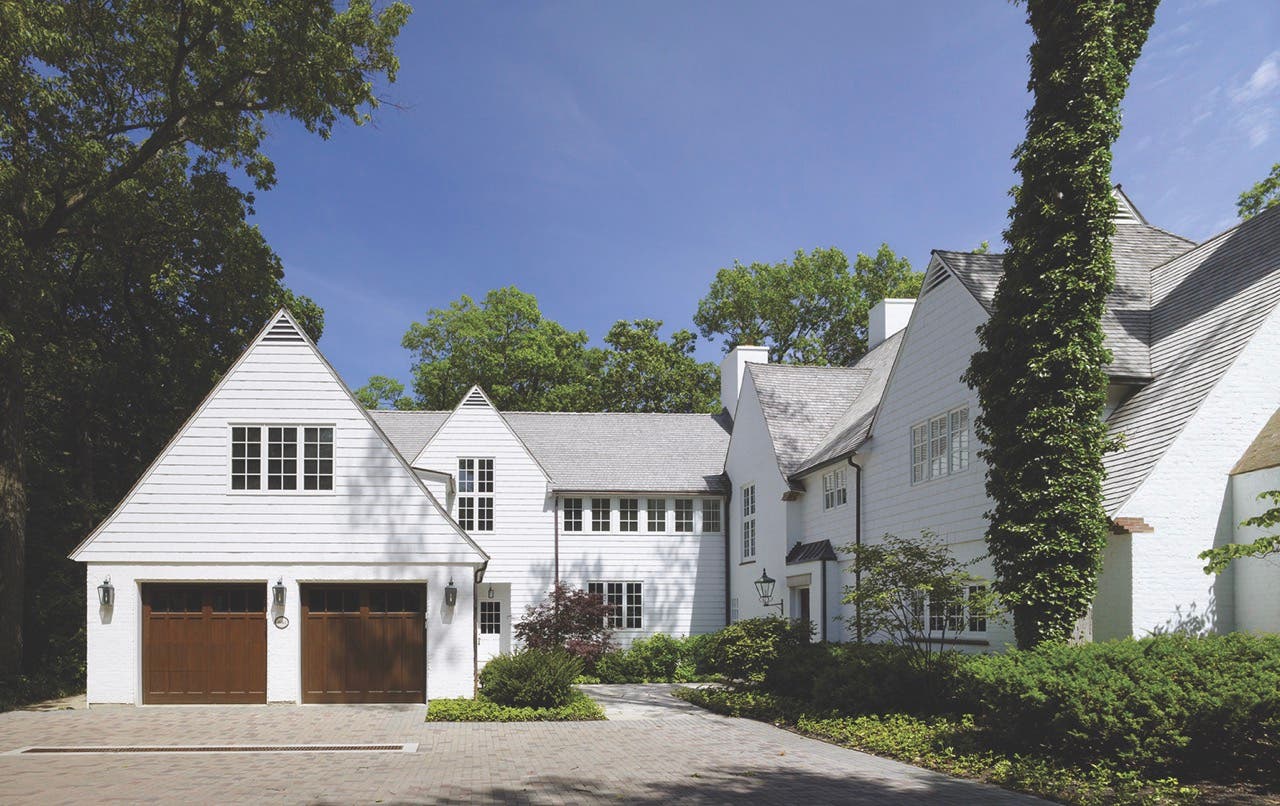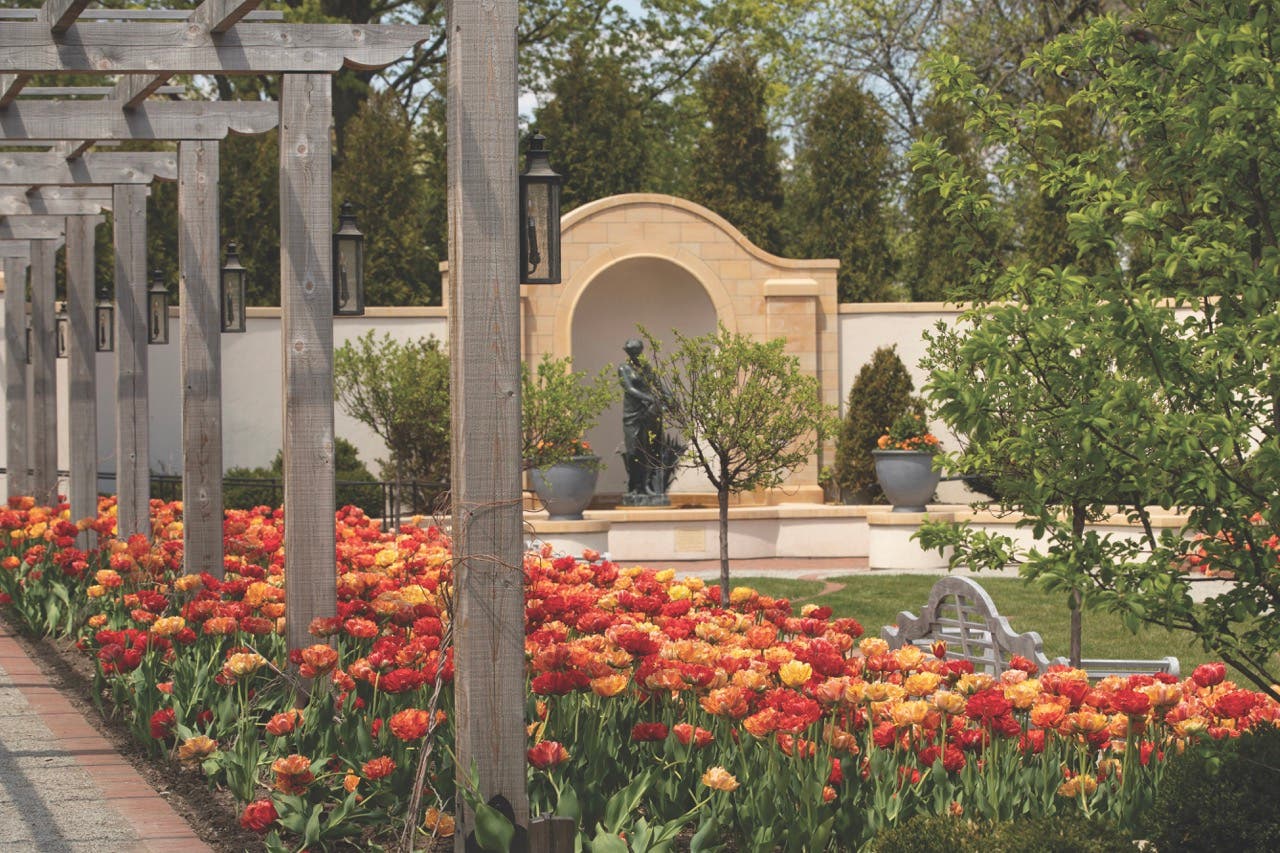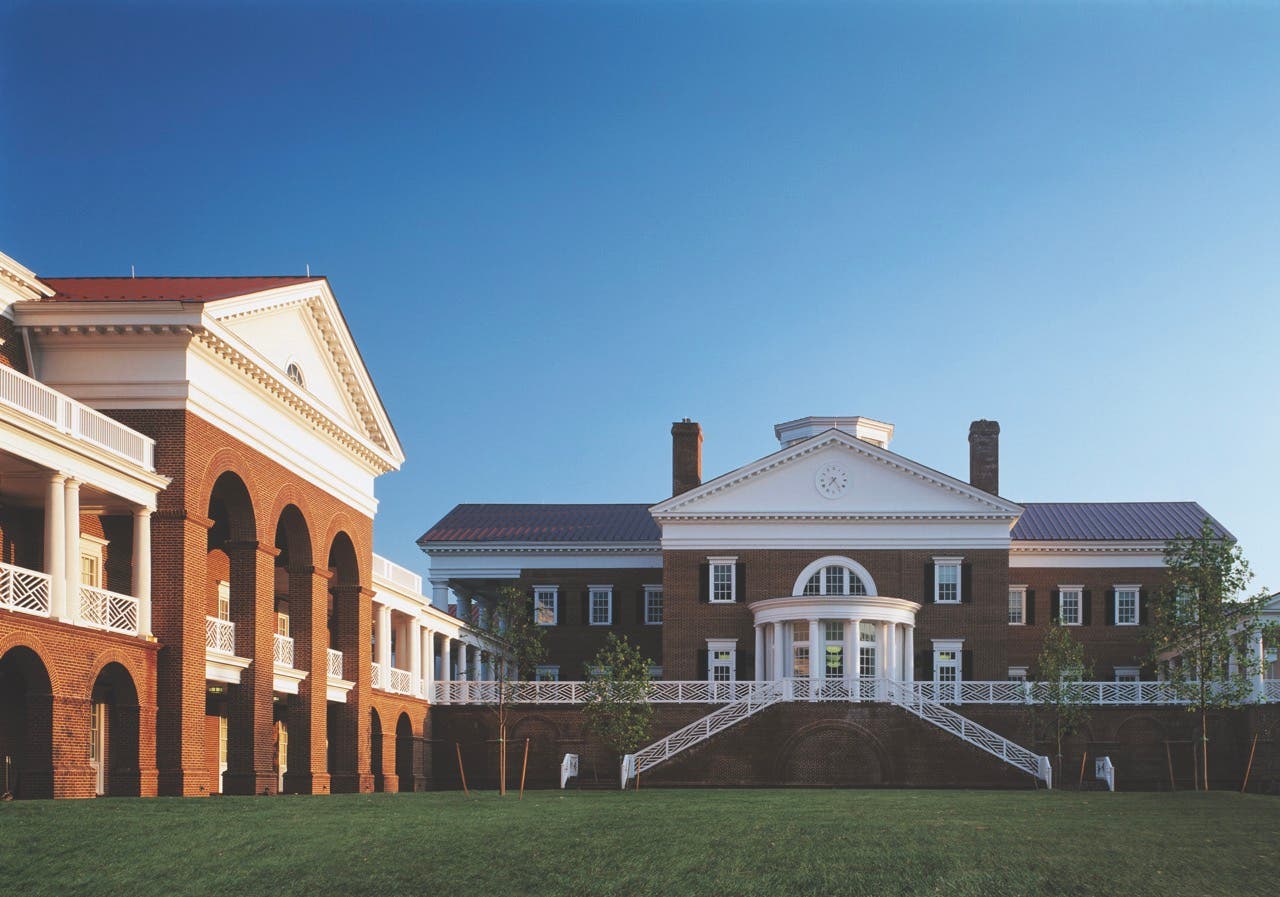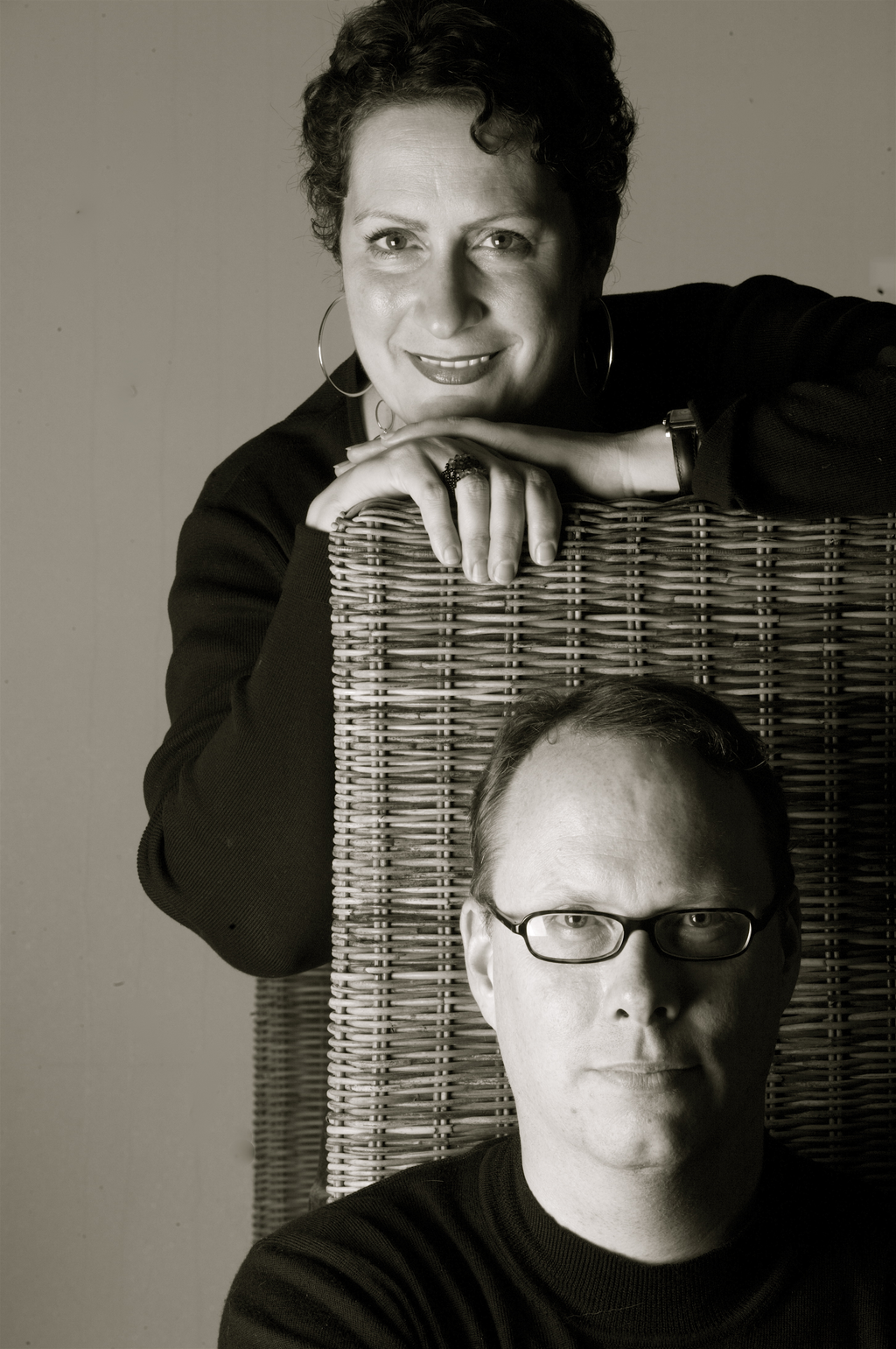
Features
The 25 – Marieanne Khoury-Vogt and Erik Vogt
Since they founded their eponymous architectural firm in Miami in 2001, Marieanne Khoury-Vogt and Erik Vogt have focused most of their work in the Florida master-planned communities of Alys Beach and Kaiya Beach Resort. However, their work is now expanding to other states, an opportunity they are embracing.
Their work, which included designing much of the public realm, including streets, parks, pedestrian paths, greens, and civic architecture, as well as many residences and mixed-use structures in Alys Beach and a mix of housing types for Kaiya Beach Resort, paved the way for a resurgence in traditional town planning.
It was the ability to create a cohesive, sustainable urban whole, both stylistically and typologically, that drew them to the field.
Khoury-Vogt and Vogt (they are marriage partners as well as business partners) relish projects that allow them to explore an architectural language that stylistically pushes them to be creative and inventive.
While Alys Beach and its very defined architectural code have been their primary focus, they have developed a specific style and approach that rely upon traditional architecture’s principles of composition but that abstracts into a more modern form.
Their ability to evolve stylistically beyond the strict adherence to the canon, much as it was beginning to do in the pre-war years of the 20th century before the advent of Modernism cut it short, allows their work to fit comfortably into the greater context, one shaped by both traditional and modern idioms.




